How the champagne wine glass is killing the flute
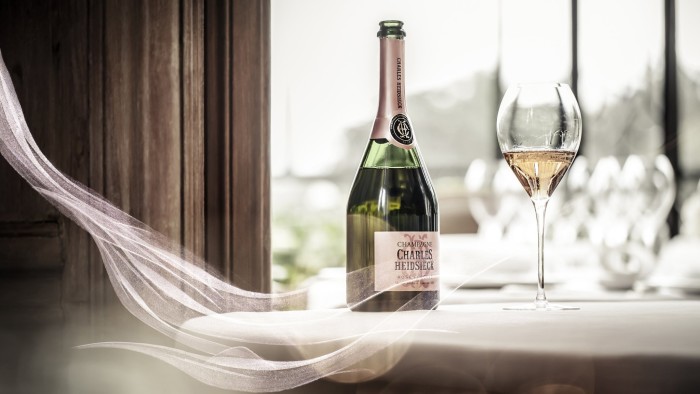
Roula Khalaf, Editor of the FT, selects her favourite stories in this weekly newsletter.
When working as a summer tour guide aged 18, Maximilian Riedel noticed on his travels through the Champagne region of France that instead of a flute, with a narrow rim and straight sides, “true champagne lovers” preferred a larger wine glass. They said it enabled them to appreciate the complexity of the fruit and the aroma. Mr Riedel took note.
Years later, Mr Riedel is now chief executive and president of 11th-generation family business Riedel, known for producing different glasses for different varieties of wine — and he is on a “personal crusade” to give everyone the “right instrument” to enjoy champagne. What that instrument is — and how technology can enhance the glass and thus the wine — is the subject of perhaps surprisingly intensive research and innovation.
Riedel, founded in 1756, launched its first champagne wine glass — named to distinguish it from the conventional flute — in 2015. Designed by Mr Riedel and his father as part of the machine-blown Veritas range, it is the company’s “new point of reference”. “My dream is at the end of my career to have eliminated flutes because people will gain so much more out of this new glass when drinking champagne,” he says.
He is not alone in turning his back on tradition. Françoise Peretti, director of the Champagne Bureau UK, the educational and promotional arm of the Comité Champagne trade association, says that some producers support the use of the flute as “the emblem of champagne” and that the saucer-shaped coupe is enjoying renewed popularity on the London restaurant scene.
But the narrow rim of the flute does not encourage champagne’s aromas to develop, she says, while the coupe, which legend has it was modelled on Marie Antoinette’s breast, is too wide. “A wide rim is going to help bubbles dissipate quickly, which is not the name of the game when it takes up to 10 years . . . to put the effervescence in the bottle,” says Ms Peretti. Both, she adds, are “being abandoned quite quickly” by producers, growers and sommeliers in favour of tulip glasses or even grape-specific wine glasses.
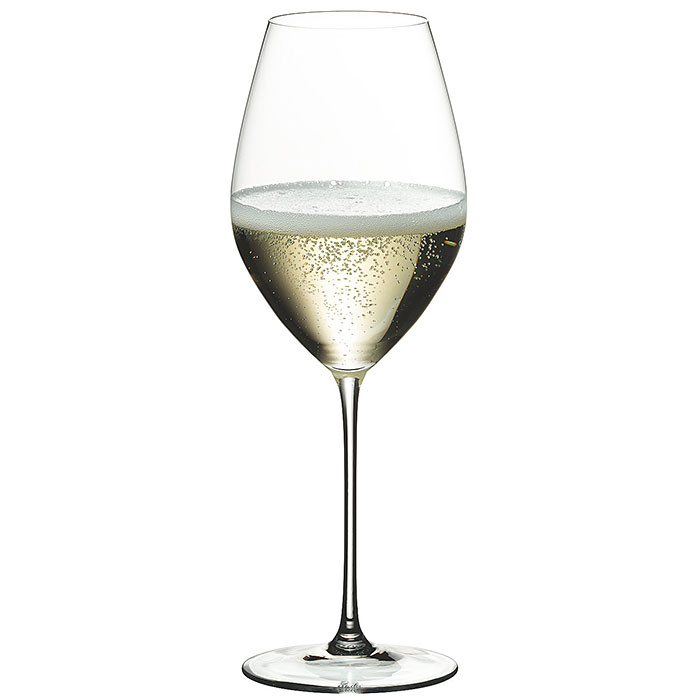
The Comité Champagne recommends a tulip glass, with a bulbous shape and wider rim than a flute. Gérard Liger-Belair, professor of chemical physics at the University of Reims Champagne-Ardenne, says the small mouth of the very narrow flute popular in the early 2000s concentrated the carbon dioxide (from the bubbles) above the glass.
“If gaseous CO2 is too concentrated it can stimulate the ‘carbonic bite’ — a very unpleasant tingling sensation in your nose,” he says. “The tulip-shaped glass has a wider aperture than the narrow flute . . . so that gaseous CO2 levels reached above such glasses are lower and the carbonic bite can be decreased.” Another advantage of the tulip shape, he adds, is that the edge of the glass above the liquid closes in on itself, preventing the aromas from dispersing too quickly.
“For a great champagne . . . drinking that in a flute is like going to the opera with earplugs,” says Willem Pinçon, brand manager for Charles Heidsieck champagne in the UK and Ireland. “You are missing an aspect from the experience. Tasting wine is as much about the nose [as] it is about the palate.” The flute displays champagne’s bubbles, he says, but is too narrow at the bottom to swirl the liquid and break down its molecules to release the wine’s aromas.
For tastings, Charles Heidsieck uses the Jamesse Grand Champagne glass, developed by Philippe Jamesse, head sommelier at Les Crayères restaurant in Reims, working with Lehmann Glass. (Reims is a town at the historical heart of Champagne.) But some houses have gone a step further and collaborated with glassmakers to make their own glasses.
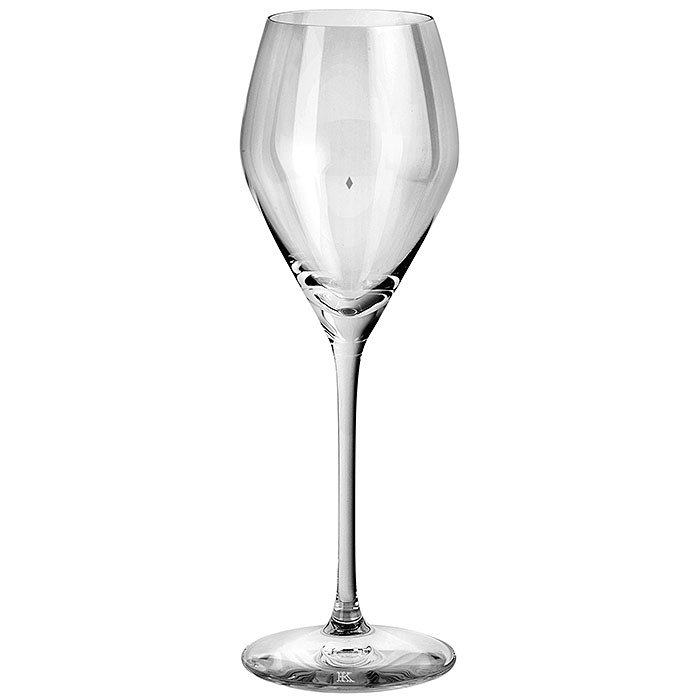
Krug created the bespoke tulip-shaped Joseph glass for Krug Grande Cuvée with Riedel in 2012. This month, it will launch a mouth-blown crystal glass, again developed with Riedel, which Eric Lebel, Krug’s chef de cave (the creator of its champagnes), says will “showcase the finesse and precision” of Krug Rosé.
Mr Lebel believes the glass, which Krug will use to serve guests at its home in Reims and to present Krug Rosé at events, is the first multi-faceted glass for champagne. (It will be sold through online retailer Clos19). He says the fan-like shape inside increases the surface area, which in turn increases the oxygen supply to the liquid. This extra oxygen helps to amplify the taste. “Facets really act as magnifiers to augment the perception of small nuances and aromas,” he says.
The Rosé glass is rounder at the bottom and larger than the Joseph. However, Mr Lebel says, even physiology came into play when designing it: “We didn’t want too big a glass because the bigger the glass, the more you need to lift your elbow and arm quite high and, by doing so, you accelerate the speed of the liquid inside the mouth.” This means the liquid tends to go to the back of the mouth, “thus missing the papillae at the front of the tongue and therefore getting less taste bud stimulation”.
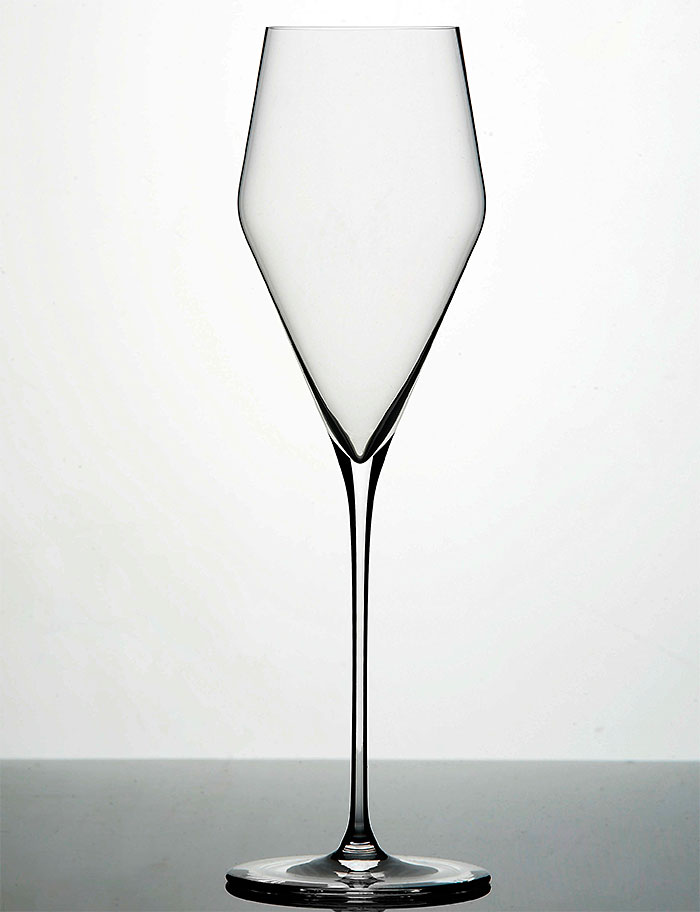
Christoph Hinterleitner, general manager at glassmaker Zalto, says more individual growers are producing champagnes in the same way as other wines, considering their terroir (the natural environment — such as soil, climate — which produced them). This greater variety calls for different glass types, depending on what aspect of the drink you want to put in the foreground.
There is a champagne glass in Zalto’s Denk Art mouth-blown collection but Mr Hinterleitner says some of its other glasses — such as the white wine and universal styles — may be more suitable for champagne, depending on its style and the consumer’s taste. “There are some champagne lovers who even use our Burgundy glass where you have a surface of . . . 15 sq cm and you’re losing almost all the bubbles,” he says.
Schott Zwiesel, a brand of Zwiesel Kristallglas, has responded to the growing popularity of fuller wine glass bowls by making more of its glasses suitable for champagne. To do this, it laser-etches an “effervescent point”, a rough area of dots, in the base of the bowl. These dots attract the gas in the champagne and prolong sparkle: the gas needs more buoyancy to escape.
Gerhard Frank, brand manager for Schott Zwiesel, says that as better champagnes become more popular, people want them served in a glass able to present both the bubbles and aroma. The glassmaker has included the effervescent point on champagne glasses since 2005 but is now using it in all its new white wine glass shapes.
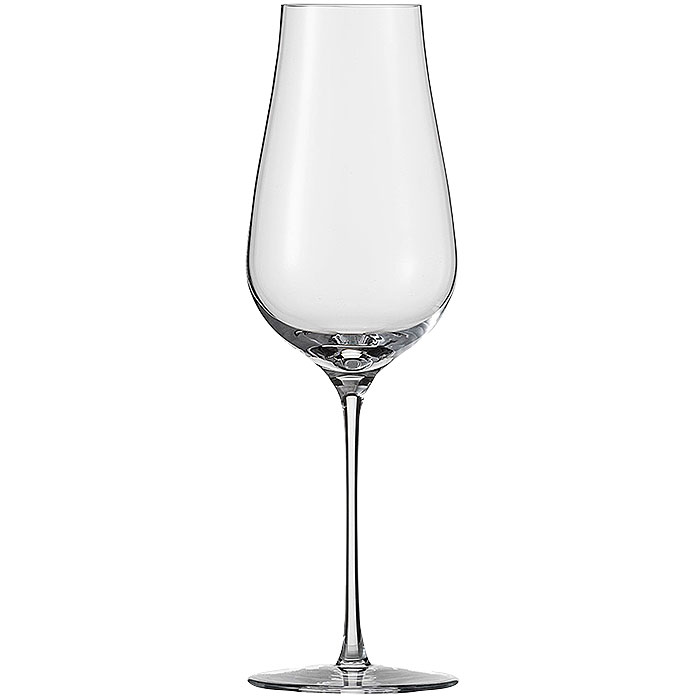
Riedel’s Veritas champagne wine glass has a similar “sparkling point” — a small rough groove engraved in the bowl’s base to contrast with the smooth crystal surface of the glass — which disturbs the liquid and enables bubbles to form and rise from the base. The glass has a wider rim than a flute to allow the release of the aroma but a narrower one than a Riesling glass so the champagne flows more towards the tip of the tongue where, Mr Riedel says, “we balance the acidity with the fruit and we actually boost the fruit in the champagne”. He is in talks with champagne houses to develop their own glasses based on the shape.
So far in 2017, the champagne wine glass is the fastest selling item in the Veritas collection in the UK. But Mr Riedel still has a long way to go to eliminate the flute. He is confident, however: “At the end, I will succeed.”
Bubbly personality: A brief history of the champagne flute
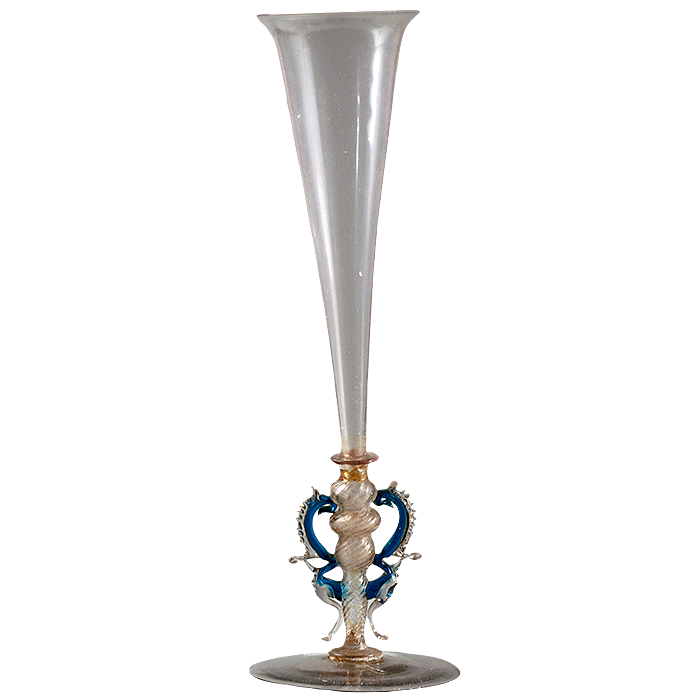
Tall flutes and coupe-like tazza glasses evolved for wine in the second half of the 16th century, probably in Italy, says Reino Liefkes, head of ceramics and glass at the Victoria and Albert Museum. This means flutes came into use for wine, before champagne had even been developed in the 1660s.
Mr Liefkes says it is unclear when the flute was first used for champagne but suggests it was around the 1700s. In Britain, the London glass-seller Colebron Hancock is said to have supplied the historian Edward Gibbon with a dozen champagne flutes in 1773. “The 19th century sees a big boom in production on a much larger scale and then the flute really gets its shape as we know it,” says Mr Liefkes.
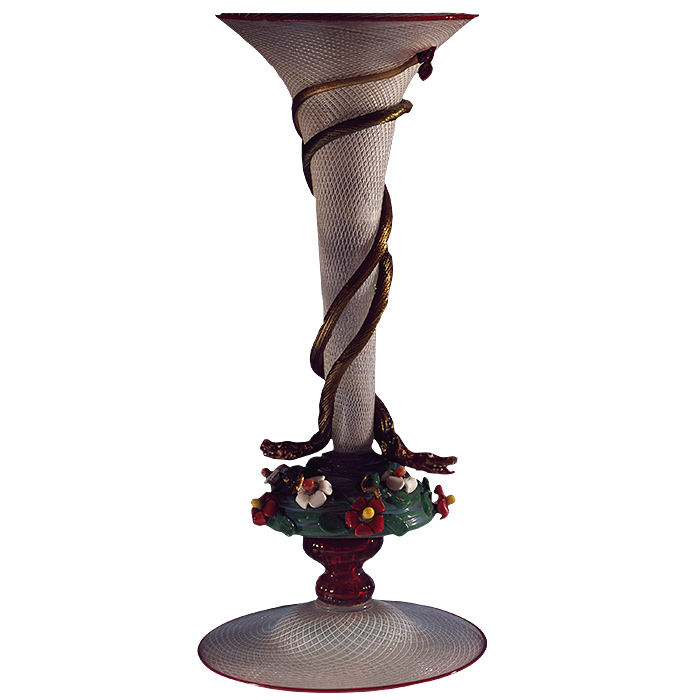
An 1831 catalogue from Belgian glassware manufacturer Val Saint Lambert advertises champagne glasses “en flûte”, “impossible” (a trumpet-shaped flute with no separate stem) and “en coupe”. Mr Liefkes has seen other trade catalogues in Britain in the last quarter of the 19th century that advertise coupes and “champagne tumblers”, which are smaller than a water glass, but no flutes, suggesting they may have fallen out of fashion. The popularity of the flute revived in the 20th century.
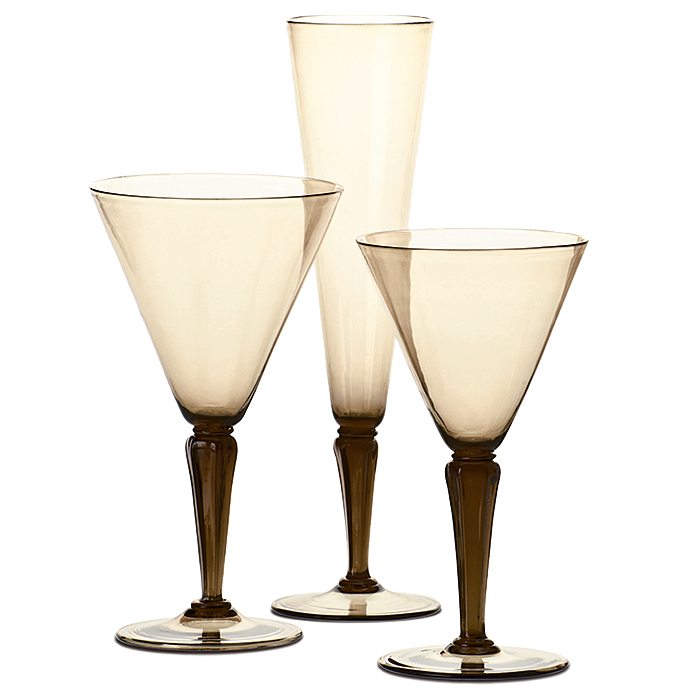
Historical flutes from top: Italian glasses from the 16th, 16th-17th, 18th and 20th centuries
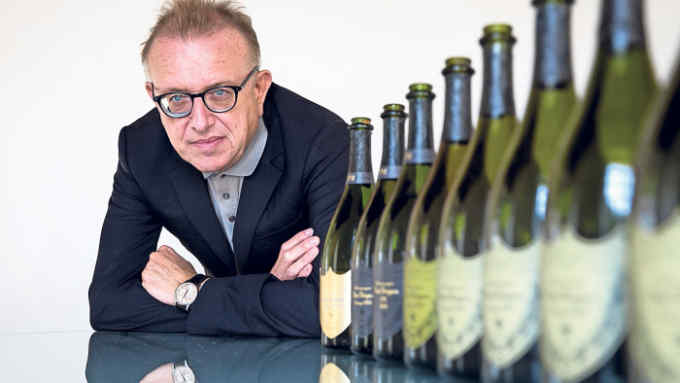
Comments